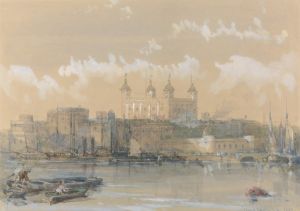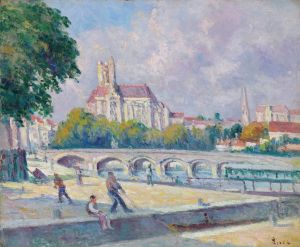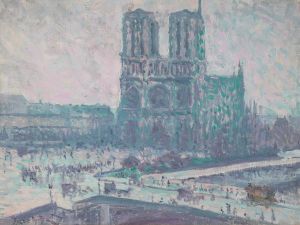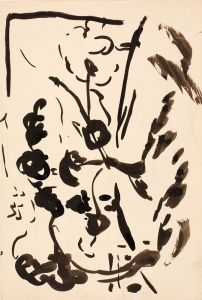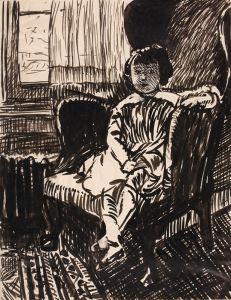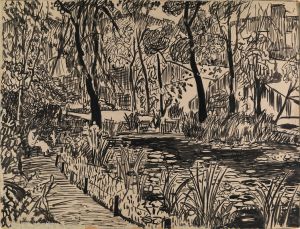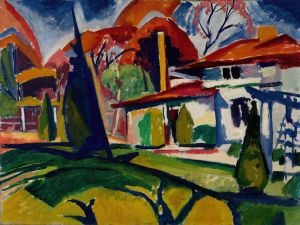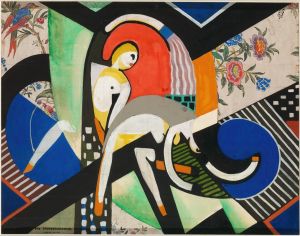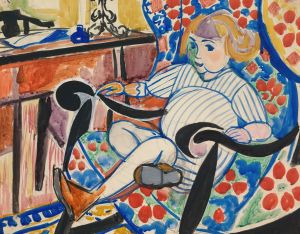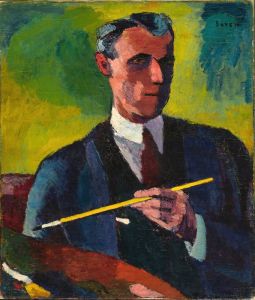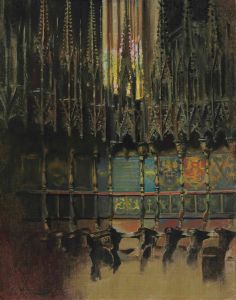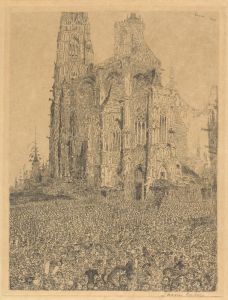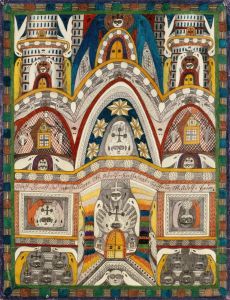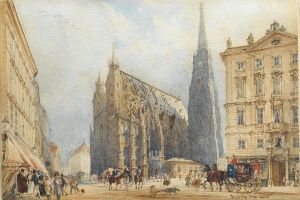
Notre Dame
A hand-painted replica of Henry Lyman Saÿen’s masterpiece Notre Dame, meticulously crafted by professional artists to capture the true essence of the original. Each piece is created with museum-quality canvas and rare mineral pigments, carefully painted by experienced artists with delicate brushstrokes and rich, layered colors to perfectly recreate the texture of the original artwork. Unlike machine-printed reproductions, this hand-painted version brings the painting to life, infused with the artist’s emotions and skill in every stroke. Whether for personal collection or home decoration, it instantly elevates the artistic atmosphere of any space.
Henry Lyman Saÿen (1875–1918) was an American artist and inventor, known for his contributions to both the art world and the field of X-ray technology. Among his artistic works, the painting Notre Dame stands out as an example of his engagement with modernist styles during the early 20th century. Saÿen was influenced by the vibrant colors and dynamic compositions of Fauvism, as well as the structural innovations of Cubism, which were prominent artistic movements of his time.
Notre Dame depicts the iconic Notre Dame Cathedral in Paris, a subject that has inspired countless artists over the centuries. Saÿen's interpretation of the cathedral reflects his modernist sensibilities, emphasizing bold colors, abstracted forms, and a sense of movement. The painting captures the essence of the structure rather than its precise architectural details, showcasing Saÿen's interest in emotional expression and the interplay of light and color.
Saÿen spent time in Paris during the early 1900s, where he was exposed to the avant-garde art scene and developed his distinctive style. His work demonstrates a synthesis of American and European artistic influences, and Notre Dame is a testament to his ability to reinterpret traditional subjects through a modern lens. The painting likely dates to this period, although the exact year of its creation is not definitively documented.
In addition to his artistic achievements, Saÿen was a trained physicist and inventor. He worked with Thomas Edison and contributed to the development of early X-ray technology, holding patents for innovations in this field. Despite his scientific background, Saÿen pursued art with equal passion, leaving behind a body of work that reflects his diverse talents and interests.
Henry Lyman Saÿen's life was tragically cut short in 1918, when he died at the age of 43. His artistic legacy, including works like Notre Dame, remains relatively obscure but is appreciated for its unique blend of scientific precision and artistic experimentation. Today, his paintings are held in private collections and occasionally appear in exhibitions, offering a glimpse into the creative mind of an artist who bridged the worlds of science and art.
This concise overview of Notre Dame by Henry Lyman Saÿen is based on available historical records and avoids speculative interpretations. Further research may provide additional insights into the painting's context and significance.





